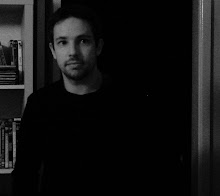Systems that purport to be open and free - systems of political management, and the internet - are becoming ways of shutting debate down. Of simplifying - not of controlling, that's the thing - a new simplified sense of order.
In an age where people don't know what's what, we sort of agree with that. We look for order and want that. And our politicians can't give it to us - our media elites can't give it to us because they don't know what's what anymore. So far from creating a new richness and openness, we all work together to create a new system of agreed order, because we want it.
It's not that we're not bad people, that's what happens in an age of populism, a populist democracy.
The elites have given up, so no one's telling you what's what any more, we don't want that any longer - so we're beginning to work together sooner and actually, that's exactly what I was being accused of.
So what we're living through is a period of intense conformity. It is the great paradox of the age.
We should be saying to people "I'm going to take you out of yourself and show you something you haven't thought of, which is either awesome, or incredible, or will inspire you". But we don't. We've instead an equivalent of a Victorian book of etiquette. We've simply reinforced those simple definitions of what is ordered and disordered.
What people suffer from is being trapped within themselves - in a world of individualism everyone is trapped within their own feelings, trapped within their own imaginations. Our job as public service broadcasters is to take people beyond the limits of their own self, and until we do that we will carry on declining.
The BBC should realise that. I have an idealistic view, but if the BBC could do that, taking people beyond their own selves, it will renew itself in a way that jumps over the competition. The competition is obsessed by serving people in their little selves. And in a way, actually, Murdoch for all his power, is trapped by the self. That's his job, to feed the self.
In the BBC, it's the next step forward. It doesn't mean we go back to the 1950s and tell people how to dress, what we do is say "we can free you from yourself" - and people would love it.
Read the rest here.














































































.jpg)

















